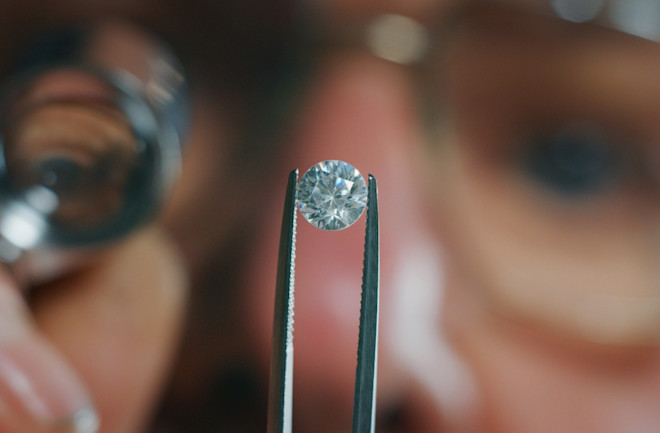When Michael Coan went in for an interview at Christie’s, one of the world’s most prestigious auction houses, his interviewer laid out 20 items for him to price. Some of them were diamonds. Coan, who currently teaches gemology at the Fashion Institute of Technology in New York but knew less about diamonds at the time, made up his mind: He wouldn’t be getting this job.
“I walked in there not knowing a darn thing.” But Coan took a stab anyway, listing off prices: “This bracelet’s $20,000, this is about $45,000, this is $12, this is about $18,” he remembered saying. “I’m thinking, ‘Okay, that's it. I had a good day. I'm leaving.'” But he had priced the items closely enough — and landed the job.
The predicament that pleasantly surprised Coan years ago underscores a conversation that’s been shaking up the jewelry industry in recent years: how much a diamond is really worth. In a world where diamonds can quickly be grown in labs and customers are increasingly aware of ethical and environmental consumption concerns, both lab-grown and mined diamond companies are crafting a precise narrative to woo prospective customers.
First produced in the early 1950s, synthetic diamonds are cheaper to manufacture and purchase than ever before. Meghan Markle even sported lab-grown diamond earrings on a London outing. Leonardo DiCaprio, meanwhile, has thrown his weight behind a lab-grown diamond company, the Diamond Foundry. The market for lab-grown diamonds increased as much as 20 percent in 2019, according to Bain and Company, a management consulting firm. Still, it remains unclear just how synthetic diamonds will carve out their place in the jewelry world —- but diamond experts harbor strong opinions.

